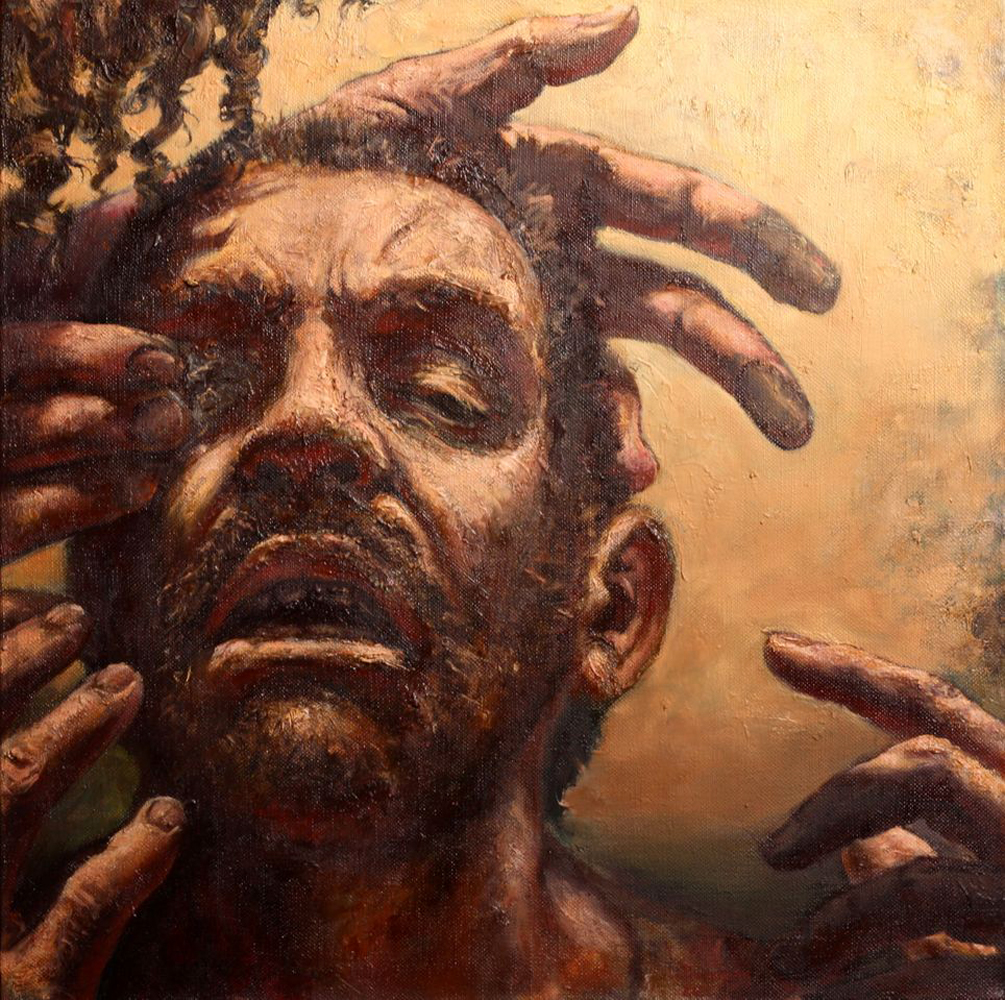This section of scripture can be broken up into two pericopes (units). Scholars do that based on movement. In verses 22 and 27, Jesus and his friends move into new places. This indicates a new pericope.
Jesus sets the initial healing and movement in motion by performing the sort of dramatic gesture that was known in many ancient stories of miraculous healing. The healing points towards his authority as teacher and king – which Peter will soon confess. And yet there remains an obstacle. In contrast to all the other healings of Jesus this one is not instantaneous. It requires a second touch. What does that mean?
In the ancient world the established view was that the natural human state was one of spiritual blindness. It was thus in encountering God, or by divine grace, that one could see the truth, or the Holy One. Even the great philosophers Plato used this image. We might be expressing this same notion when we talk about “original sin” in light of Augustine who first named it.
The second Pericope 8:28-38 is filled with words having to do with speech.
The scene takes places in Caesarea Phillippi a predominantly Gentile town in what we now call the Golan Heights. It was well known as a town named after the Emperor and containing a massive temple and statute celebrating the emperor’s divinity. Jesus juxtaposes the questions of his identity with the imperial proclamation.
Peter confesses Jesus as Messiah, or Christ: the promised anointed one (or King) of God to come and right all the wrongs, turn the world right side up, install God’s shalom-peace and vindicate Israel. Peter and the disciples are contrasted with the blind man of the first pericope – they see, but only partially. The need a “second encounter” with Jesus in order to see clearly.
Peter doesn’t deny or reject Jesus. He rejects the vision that Jesus has of his future, of the vocation of the Messiah. In saying “get behind me” is Jesus ordering Peter to get out of his sight?; to cease being an obstacle or hindrance for him?; or to resume the path of discipleship behind Jesus rather than trying to lead him. How does that statement about discipleship connect with the teaching of verses 34-38? Remember the word discipleship literally means to come behind, or to walk in the footsteps of another person. It was used for a student who was following a particular teacher.
Questions for going deeper:
- What word grabs your attention in today’s selections?
- What do you think about physical and spiritual sight?
- What does discipleship mean to you?
- How do you answer Jesus’ question in 8:29? How have you gotten to that?
- This happens while the disciples are “on the way” with Jesus. What does this say to you as you’re on the way?
